3D printing in the mechanical sector offers enormous flexibility in production, especially of small batches, without requiring the creation of particular molds and specific tooling. Designers can easily adapt the components to customer requests or individual projects.
This level of customization can lead to better integration of components into existing mechanical systems. With traditional processes, manufacturing a component often requires several stages, including machining, assembly and quality control. 3D printing allows you to create a component in a single step, significantly reducing overall production time. In addition, machine set-up times and related costs are significantly reduced. This saves manufacturers time and money by speeding up the delivery of components to customers.
An important innovation in this field is MFFF (Metal Fused Filament Fabrication) technology, i.e. the 3D printing of metal filaments. With this novelty, 3D printers can now process stainless steels to obtain functional components, abandoning the traditional machining with machine tools and offering greater design freedom.
Applications: support tools for the operator, jigs for production and assembly, bending or welding fixtures, control gauges, tools and production aids, structural components.
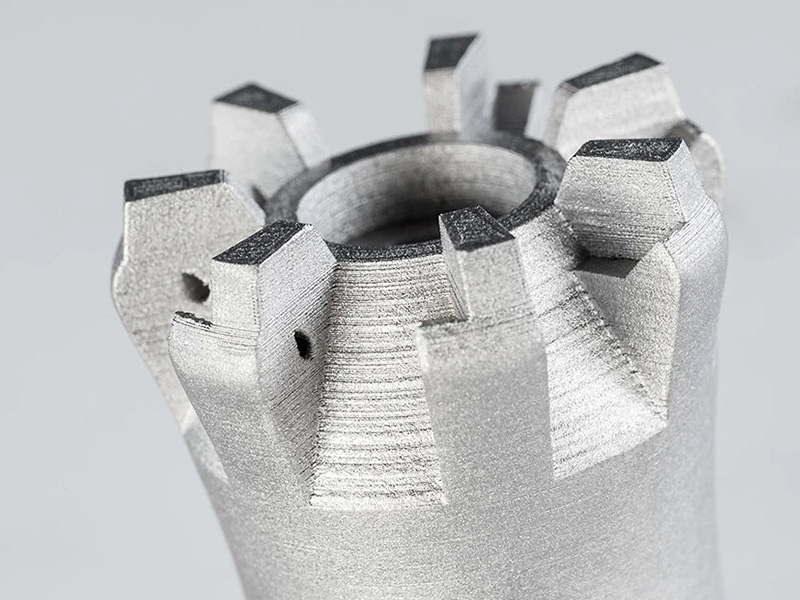
[UltiMaker] Cutter tool with internal channels used for the flow of the lubricating fluid, printed with17-4 PH steel
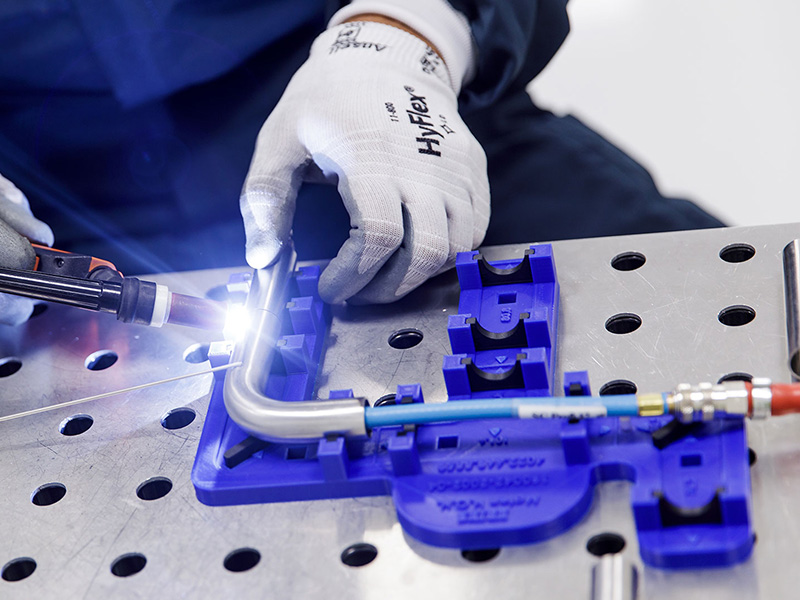
[UltiMaker+ERIKS] 3D printed positioning fixture for safe welding
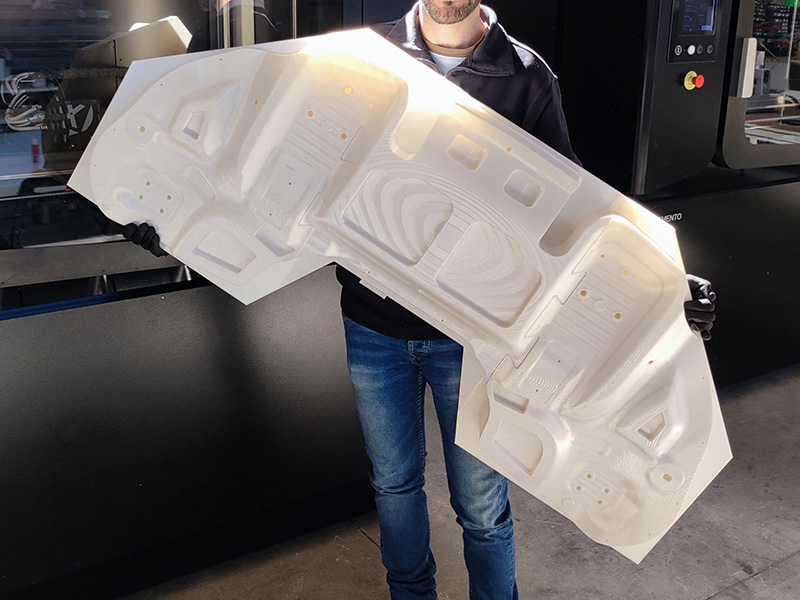
[S.T.A. Stampi] Large format - Sheet metal bending gauge
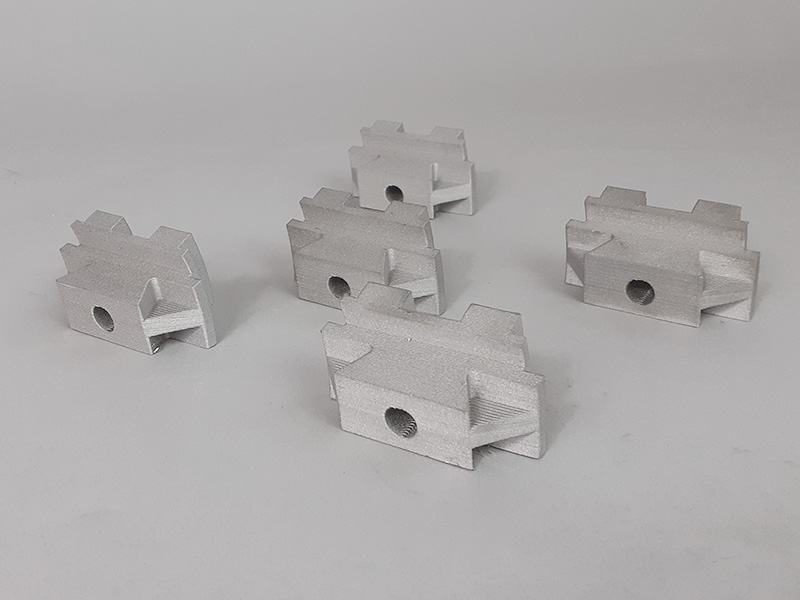
[TPA Brianza] 17-4PH steel parts, to withstand the operating temperatures near the weld pool
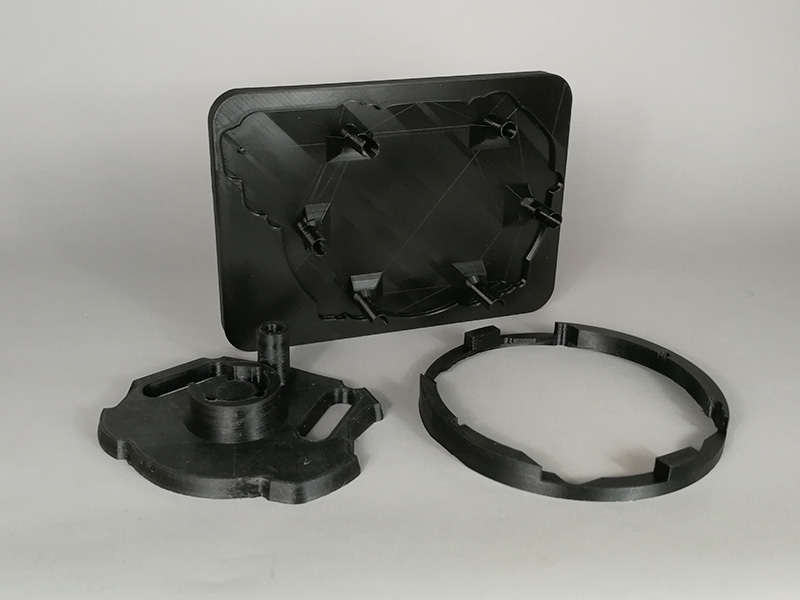
Jigs and fixtures to minimize operator error during the assembly phases


